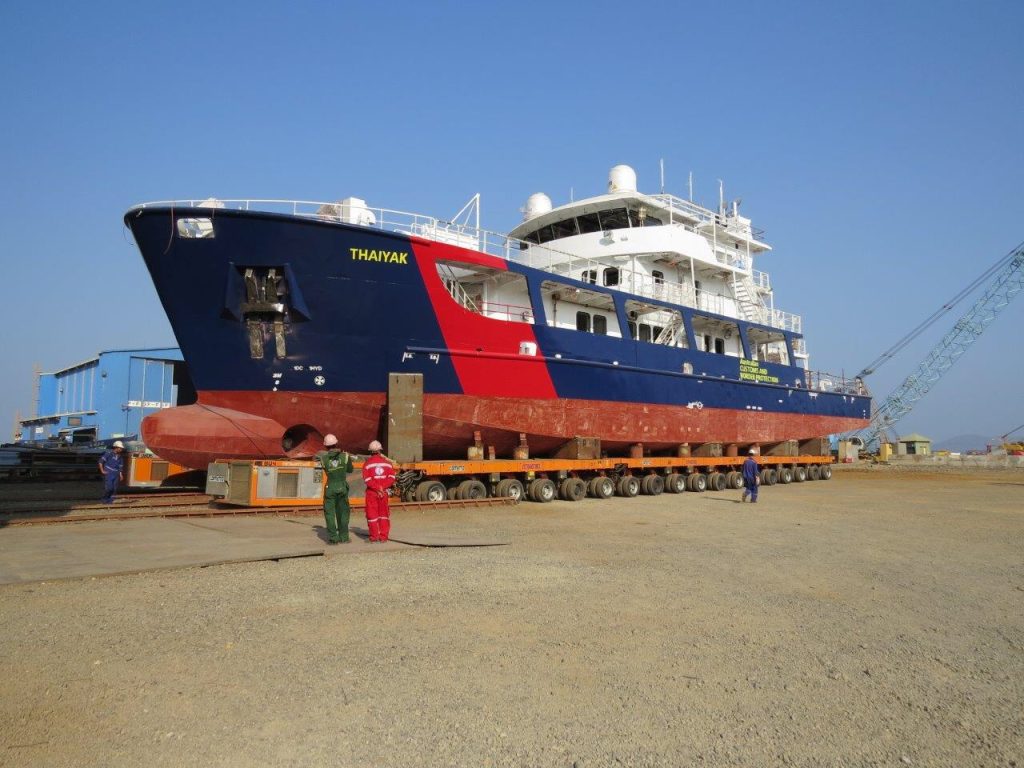
Seaforce delivers expert solutions for multi-system vessel upgrades, managing interfaces, risks & verification to ensure safety and compliance.
Multi-system vessel upgrades are increasingly common as shipowners and operators respond to new technologies, regulatory demands, and operational efficiencies. Vessels must continue to perform reliably while meeting strict safety and compliance standards, often requiring integration of new equipment with existing infrastructure. Managing these upgrades introduces complex challenges, making careful planning, interface management, and thorough verification essential for success.
Defining “Multi-System Upgrades” in the Maritime Context
Multi-system upgrades involve the modernisation or integration of two or more interconnected systems within a vessel. These can include propulsion, navigation, electrical distribution, control automation, safety systems, or communication networks. Unlike isolated equipment replacements, multi-system upgrades require seamless integration to ensure overall vessel performance and safety are maintained.
Typical examples of multi-system upgrades include:
• Installation of advanced navigation and communication systems alongside existing control infrastructure.
• Integration of modern propulsion technology with legacy power management systems.
• Upgrades to safety monitoring systems that interface with electrical and automation networks.
The interconnected nature of these upgrades highlights the need for clear system boundaries, detailed planning, and robust verification to reduce operational disruption.
The Importance of Interfaces in Multi-System Upgrades
Interfaces are the critical connection points between different systems. In the context of multi-system vessel upgrades, these interfaces can be mechanical, electrical, or software-based. A poorly defined interface can lead to performance issues, system conflicts, or even safety hazards.
Effective interface management ensures systems work together seamlessly, preventing errors from incompatible protocols, data issues, or misaligned parameters. Clear documentation and structured test plans reduce interface failures during commissioning and operation.
Risks in Multi-System Vessel Upgrades
Every multi-system project introduces a degree of risk. Identifying and managing these risks is essential to safeguarding operational continuity and compliance.
• Technical Risks – Technical risks stem from system incompatibility, such as power mismatches, software errors, or protocol conflicts, which can undermine performance and reliability.
• Operational Risks – Operational risks involve the impact on day-to-day vessel operations. Downtime during installation or commissioning may reduce availability, while insufficient crew training on upgraded systems can lead to inefficient use or operational errors.
• Safety Risks – Safety risks are paramount in maritime environments. Faulty integration can trigger cascading failures, so ensuring safety-critical systems like fire detection and emergency shutdowns work with new technology is essential.
• Cost & Schedule Risks – Delays in integration or unforeseen technical issues can significantly increase project costs. Scope creep, rework, and downtime threaten viability, but proper scheduling, phased upgrades, and contingency planning help reduce these risks.
• Regulatory & Certification Risk – Vessels must comply with classification society standards and international maritime regulations. Without proper verification and documentation, vessels risk certification delays or being unable to return to service.
• Risk Matrix – A structured risk matrix allows stakeholders to prioritise risks by evaluating their likelihood and potential impact. This approach ensures resources are allocated effectively to manage the most critical risks first, supporting a safe and timely upgrade.
Seaforce: Your Partner in Multi-System Vessel Upgrades
Managing multi-system vessel upgrades demands a structured approach to interfaces, risk, and verification. At Seaforce, we provide expert project management and engineering solutions that minimise downtime, reduce risk, and deliver reliable integration. We work with shipowners, operators, and classification bodies to ensure upgrades meet all technical, operational, and regulatory standards.
With proven experience in complex marine projects, we ensure that vessel upgrades are not only successful but also positioned to meet the future demands of the maritime industry. Contact us and learn how our expertise can support your next upgrade project.
Related Blog Articles:
End-to-End Marine Repair Services for Government & Commercial Vessels in Australia
Marine Engineering Services: Navigating ISM Compliance – A Guide for Australian Ship Operators


